Perhaps until the 19th century, bathing was an all-naked activity with few exceptions such as the Japanese fundoshi, a loincloth-like type of swimsuit. Interestingly enough, this seems to be the case even when it comes to the morally upright and body-negative Victorian England where naked swimming was a generally accepted practice. However, by 1860 bathing in nude was banned for the male population and caleçons, a type of drawers came into picture in order to defend the moral integrity of the British swimmers. This by no means was a rule with no exceptions since there are historical evidence that testifies that even in 1906 the famous Hyde Park of London was a ‘nudist’ spot for male Londoners. Let’s not also forget that swimming -let alone sunbathing- wasn’t considered back then to be the leisure activity that is today, and men mostly engaged in it as a sport or for practical reasons and only in the presence of other persons of the same gender. However, the ban on naked swimming and the rise of bathing suit gave birth to mixed-sex bathing, that is men and women wouldn’t have to swim separately anymore!
At the same time, swimsuits got more and more gender-marked with male swimwear looking stricter and more linear, while female bathing suits looking curvier and more decorated following the well-know gendered beauty standards that still prevail in the apparel market. Also, these first designs tended to look like the undergarments of the period and were mostly made of wool which was preferred over cotton for its moisture-wicking properties. We should also keep in mind that this was the era of industrial revolution and the first large-scale swimwear manufacturing soon followed suit. This was the USA-based Bradley Knitting Company from Delavan, Wisconsin, but it was the Jantzen Company, formerly known as the Portland Knitting Company, that introduced a number of innovations in the swimwear market, such as more lightweight swimming suits. This new booming market across the Atlantic had to thank the Bathing Suit Regulation of the time which imposed a rule of ‘prudence’ to the swimmers further reflected on the designs of the tank suits of this period that offered a good coverage down to the elbow and below the knees. Regarding the colors, solid dark ones were in fashion as well as navy stripes.





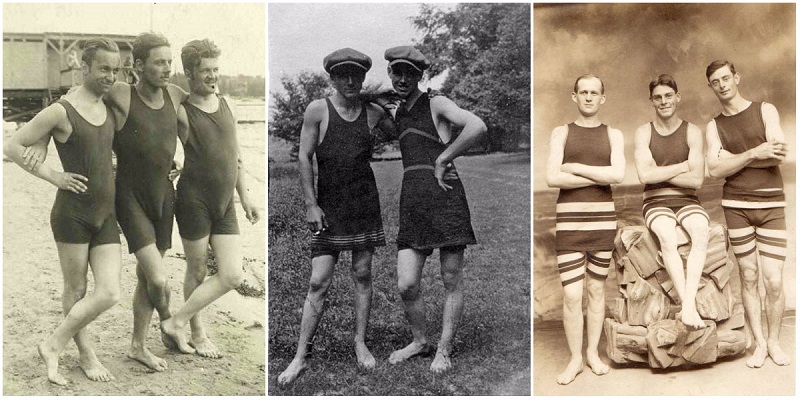

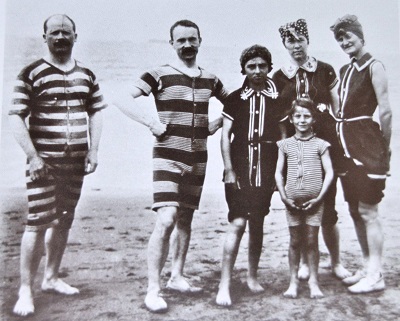

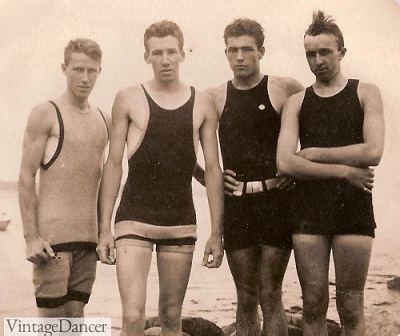

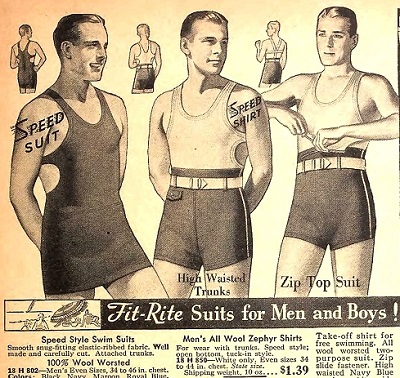

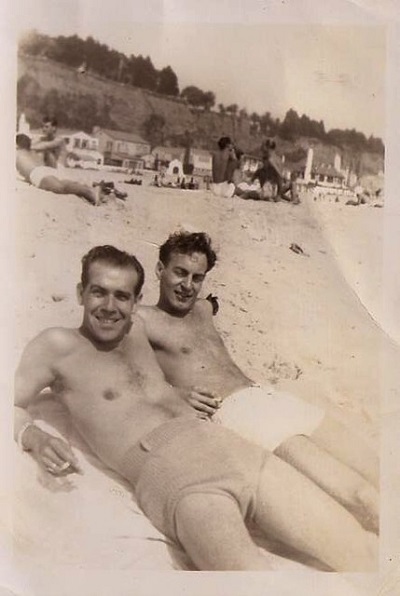

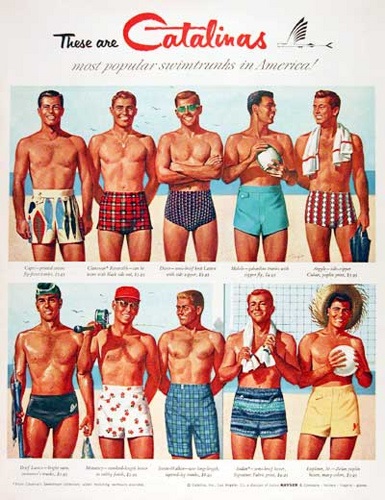

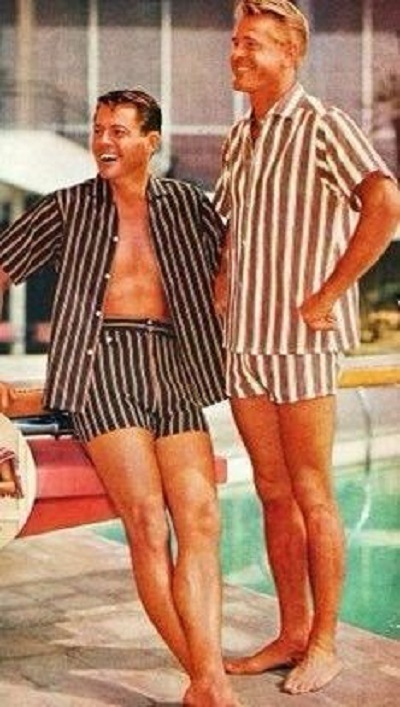

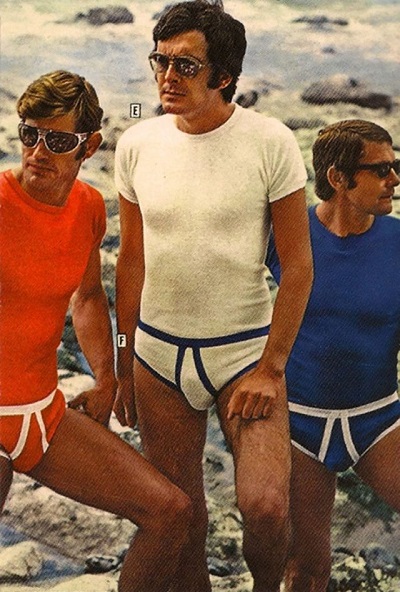

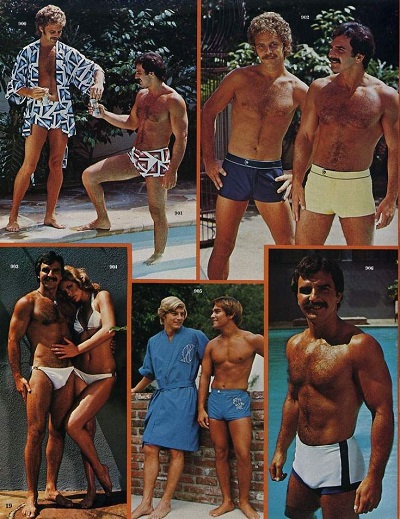

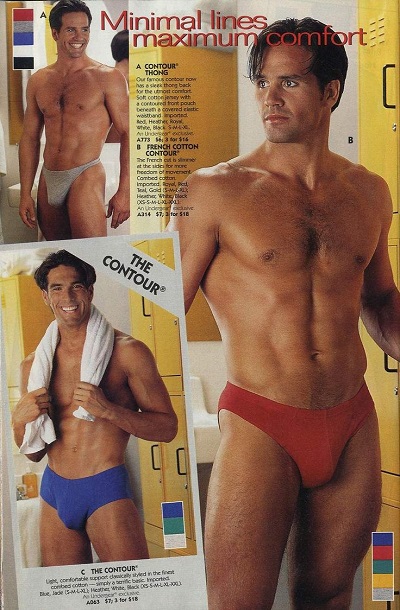

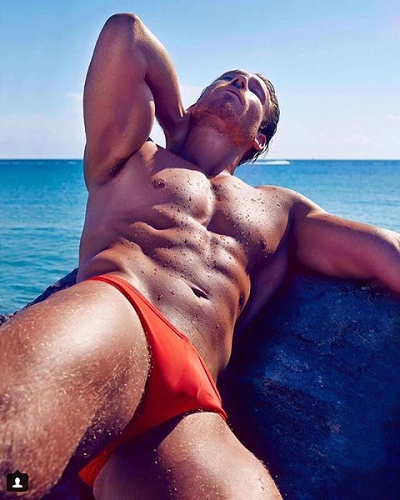

 Login
Login